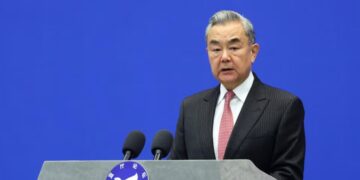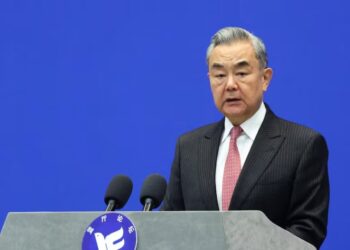By John Ikani
In its bid to help low-income countries overcome debt challenges, the world bank is advocating debt relief for Low and Middle-Income Countries with a debt stock of over $8.7 trillion, as of 2020.
The bank on Monday attributed the move to massive fiscal, monetary, and financial stimulus packages spent by governments of low-income countries in response to the COVID-19 pandemic.
“While these measures were aimed at addressing the health emergency, cushioning the impact of the pandemic on the poor and vulnerable and putting countries on a path to recovery, the resulting debt burden of the world’s low-income countries rose 12% to a record $860 billion in 2020, according to a new World Bank report.
“Even prior to the pandemic, many low- and middle-income countries were in a vulnerable position, with slowing economic growth and public and external debt at elevated levels.
“External debt stocks of low- and middle-income countries combined rose 5.3% in 2020 to $8.7 trillion.”
According to the new International Debt Statistics 2022 report, an encompassing approach to managing debt is needed to help low- and middle-income countries assess and curtail risks and achieve sustainable debt levels.
“We need a comprehensive approach to the debt problem, including debt reduction, swifter restructuring and improved transparency,” said World Bank Group President David Malpass. “Sustainable debt levels are vital for economic recovery and poverty reduction,” it said.
The bank noted that the deterioration in debt indicators was widespread and impacted countries in all regions. Across all low- and middle-income countries, the rise in external indebtedness outpaced Gross National Income (GNI) and export growth.
It added that low- and middle-income countries’ external debt-to-GNI ratio (excluding China) rose to 42% in 2020 from 37% in 2019 while their debt-to-export ratio increased to 154% in 2020 from 126% in 2019.


































